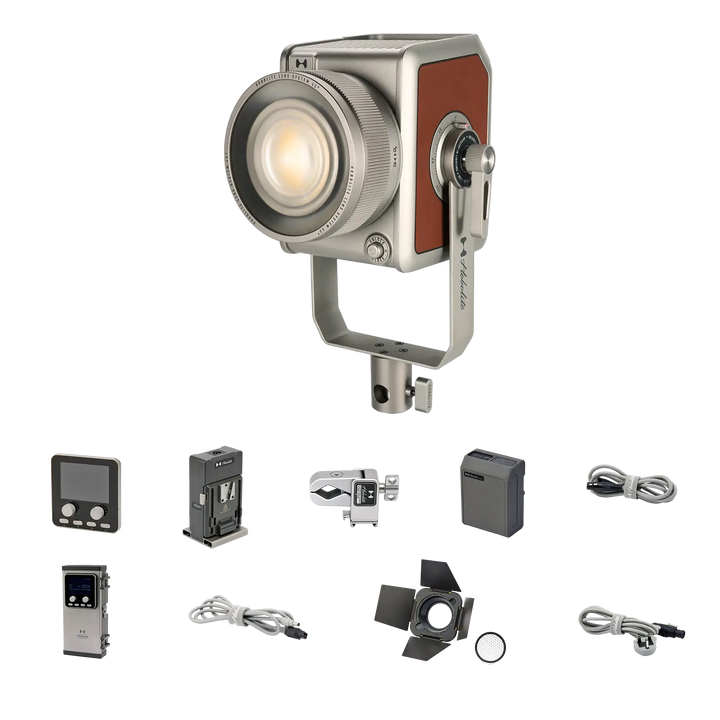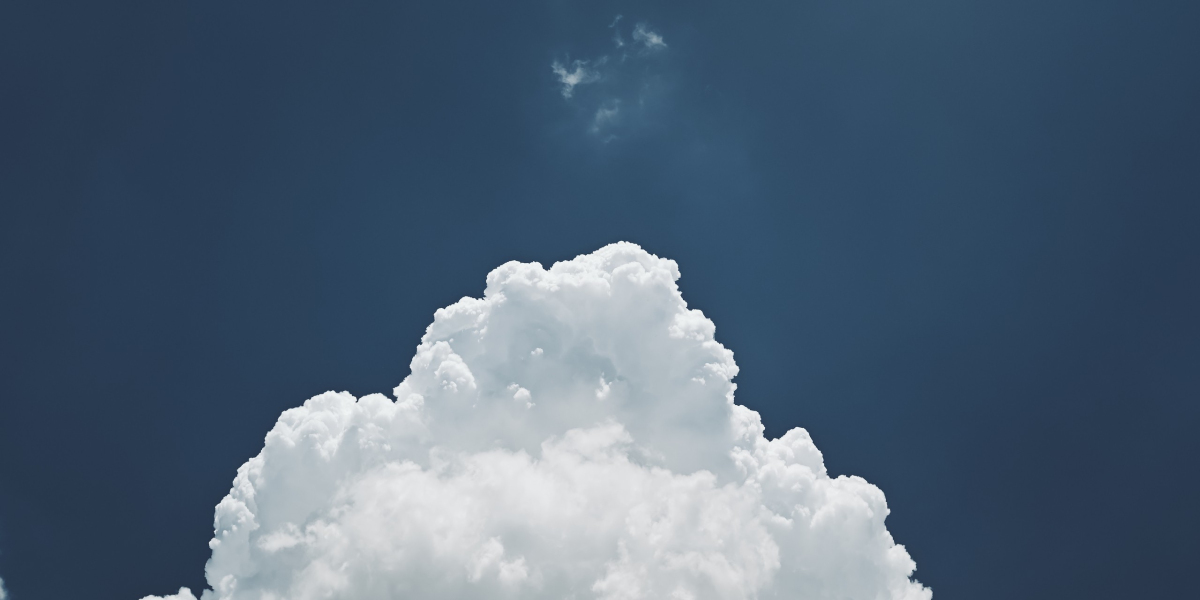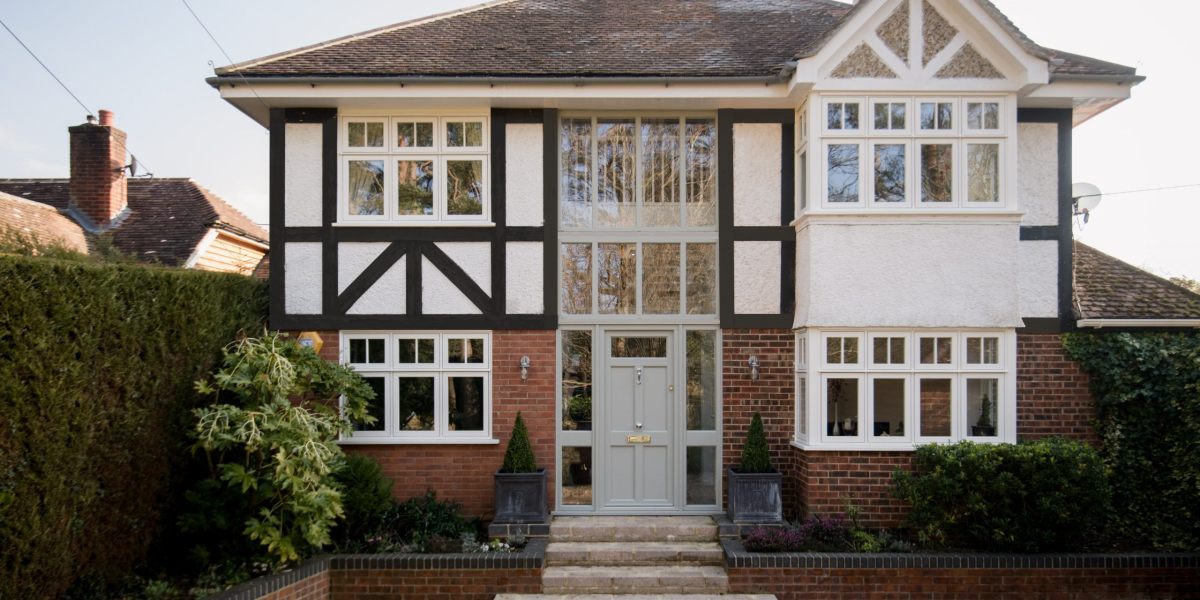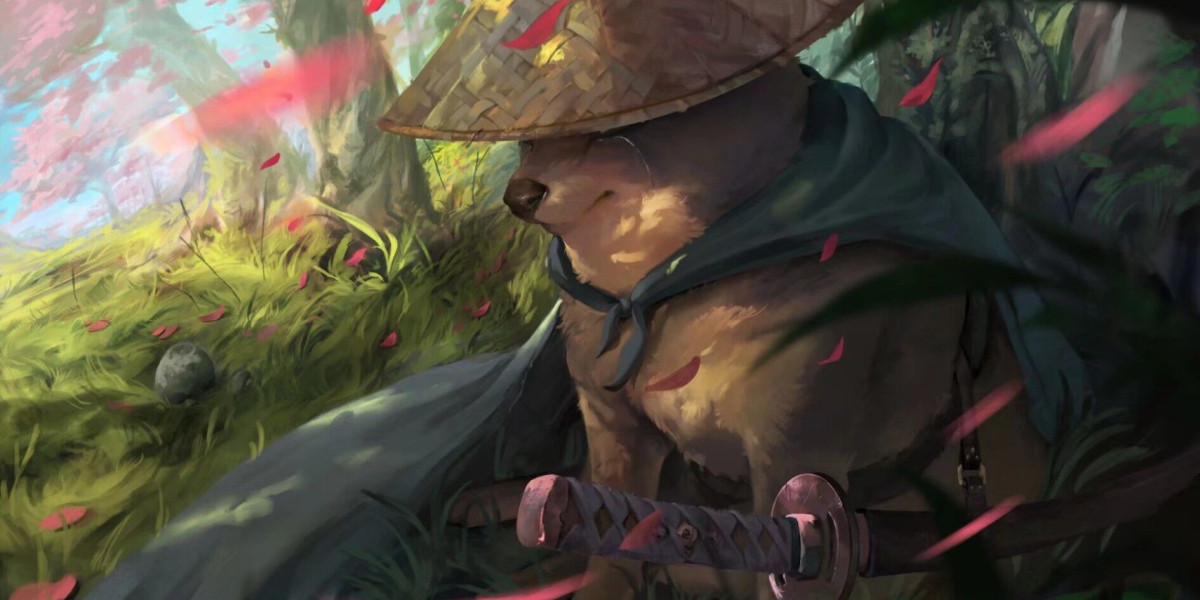Transform Your Shots: Discover the Secret to Stunning Photography Lighting!
Lighting is a crucial element in photography that can dramatically alter the mood, tone, and overall quality of your images. Whether you're capturing portraits, product shots, or artistic landscapes, the right lighting can transform a simple photo into a stunning visual masterpiece. Photography studio lights play a pivotal role in achieving professional-quality results, allowing photographers to have full control over their lighting environment. In this article, we'll guide you through the essential factors to consider when purchasing the perfect photography studio lights, ensuring your images shine bright.

Understanding Photography Studio Lights
Photography studio lights are artificial light sources designed to illuminate subjects in a controlled manner. Their primary purpose is to provide consistent and adjustable lighting that enhances the quality of photographs. There are several types of studio lights, including continuous lights and strobes. Continuous lights offer a steady source of illumination, making it easier to see how the light interacts with the subject in real-time. This is particularly beneficial for beginners or those who want to experiment with different lighting setups. On the other hand, strobes provide a burst of light, allowing for high-speed photography and better freezing of motion, making them ideal for dynamic scenes. Understanding these differences is essential in selecting the right type of lighting for your photography needs.
Factors to Consider When Purchasing Photography Studio Lights
When it comes to purchasing photography studio lights, several key factors should guide your decision-making process. First and foremost is brightness, measured in lumens, which directly affects how well your subject is illuminated. A higher lumen output is essential for larger spaces or for capturing bright, vibrant images. Color temperature is another critical factor; it influences the warmth or coolness of the light emitted. Ideally, you want lights with a consistent color temperature to avoid unwanted color casts in your photos. Versatility is also important—look for lights that can be adjusted or modified to suit various photography styles. Finally, consider ease of use; lights that are intuitive and user-friendly can save you time and frustration during shoots. Each of these factors plays a vital role in the quality of lighting and, ultimately, the quality of your photographs.
Types of Photography Studio Lights
There are numerous types of studio lights available, each with its own unique characteristics and advantages. LED lights have gained popularity due to their energy efficiency and long lifespan. They produce less heat, allowing for longer shooting sessions without discomfort. Softboxes are another excellent option, as they diffuse light, creating a soft and flattering illumination that minimizes harsh shadows. This makes them a favorite for portrait photography. Ring lights, often used in beauty and product photography, provide even lighting and a distinctive catchlight in the subject’s eyes. Each type of studio light serves different purposes, so it's crucial to evaluate your specific photography needs and styles when making a choice.
Setting Up Your Photography Studio Lights
Setting up your photography studio lights effectively can significantly enhance your shooting results. Start by considering the lighting angles; generally, placing lights at a 45-degree angle to the subject helps create dimension and depth. The distance of the lights from the subject also matters—too close can result in harsh lighting, while too far can lead to insufficient illumination. Utilizing modifiers like softboxes, umbrellas, or reflectors can enhance lighting quality by softening harsh shadows or dispersing light more evenly. Experimenting with these setups allows you to find the ideal configuration that complements your subject and artistic vision.
Common Mistakes to Avoid When Using Studio Lights
Every photographer encounters challenges when using studio lights, but being aware of common mistakes can help you avoid them. One prevalent pitfall is failing to balance light sources; when using multiple lights, ensure they are similarly powered to prevent one light from overpowering the others. This can lead to uneven lighting that distracts from your subject. Another mistake is creating harsh shadows; positioning lights too close or at the wrong angles can result in unflattering effects. Lastly, managing reflections is crucial, especially when photographing shiny or reflective surfaces. Using diffusers and adjusting the angle of your lights can help minimize unwanted reflections and ensure your images remain polished.
Summary & Final Thoughts
In summary, selecting the right photography studio lights is essential for elevating your photography skills and achieving stunning results. Understanding the different types of studio lights, considering key factors such as brightness and color temperature, and setting them up correctly can make a significant difference in your work. By avoiding common mistakes and experimenting with different lighting techniques, you can transform your photography and bring your creative vision to life. So, take the plunge, explore your options, and let your photography shine!








